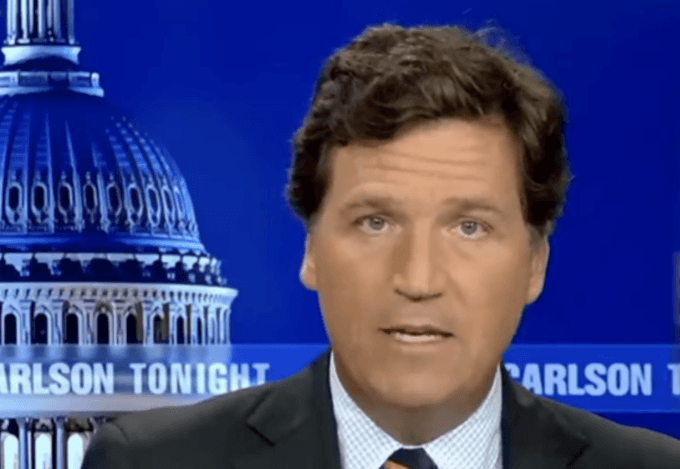NOVANEWS
![Mehrzad Boroujerdi discusses post-revolutionary Iran.[Staff Photo Phil Pasquini]](https://www.wrmea.org/images/2018/03/24/2018mehrzad.jpg)
Mehrzad Boroujerdi discusses post-revolutionary Iran.[Staff Photo Phil Pasquini]
Waging Peace
The answers to everything you wanted to know about Iranian political data, but didn’t know who to ask, are probably found in Dr. Mehrzad Boroujerdi’s latest book, Postrevolutionary Iran, a Political Handbook (co-authored with Kourosh Rahimkhani). “To my knowledge, this database, which now has over 100,000 fields of information, is the largest database of its kind in the Middle East,” Boroujerdi, professor of political science at Syracuse University and currently a fellow of the American Council on Education in residence at California State University, Northridge, told his audience at the Atlantic Council in Washington, DC on March 12.
Based on research into the background of 2,323 individuals who have served in Iran’s parliament since 1979 through 2017, the author’s findings pertain to many topics, including clerics, women and religious minorities.
The number of clerics in the government is declining, the author noted. “People are not voting for clerics and many don’t want to enter a race; they would rather be appointed to a non-elected office,” he explained. “But, having that turban is a major résumé-enhancer.” Although Iran is a theocracy, the clerics, in Boroujerdi’s opinion, “are losing ground to the Revolutionary Guard and many others.”
Although women constitute 50 percent of the population and 60 percent of university students, only 3 percent in his database are women, Boroujerdi lamented. There was only one female minister, appointed—and then fired—by former President Mahmoud Ahmadinejad. There are no women in the Expediency Council, Assembly of Experts or Guardian Council. And only 2.7 percent of parliament members are women. “After 40 years, look where we stand in terms of improving the female labor force,” Boroujerdi exclaimed.
Also disturbing, he stated, is the lack of representation of religious minorities. No Sunnis are ministers; only 1.9 percent of members of the Expert Assembly and 4.5 percent of parliament members are Sunnis.
“With respect to gender or religious politics, for the first time we have hard data to work with, rather than just anecdotes,” Boroujerdi added.
Barbara Slavin, the Atlantic Council’s director of the Future of Iran Initiative, moderated the question-and-answer session.
In response to a query about the 1979 revolution, Boroujerdi answered, “If you define revolution as a new class of people coming to power, Iran definitely had a substantial revolution in that sense. Revolution has opened up new avenues of participation and social mobility for people who have come from more modest ranks than what was the case before.”
But, he continued, “I think, in retrospect, 40 years of trial and error have taught a lot of us—myself included, who had rosy views of revolution—that we don’t want to have another revolution. Revolutions come with huge costs, amazing discontinuity, and I do not think that Iran is at a stage where it can afford to have yet another costly revolution in the social sense.”
Presently, “participation in elections far exceeds approval rates,” Boroujerdi claimed. “People are participating in elections.” He also pointed out that when voters are upset, they decide to punish officials by voting them out. “The message is that neither of the political camps—conservatives or reformists—can take things for granted in terms of how the citizenry will behave in the elections,” he said.
“We have seen the secularization of Iranian politics because my generation who took part in the 1979 revolution were truly naïve enough politically to think that Islam and Ayatollah Khomeini have all of the solutions,” Boroujerdi concluded. “Now, in retrospect, 40 years later, we say, ‘oh, boy, what a mess.’ Khomeini did not turn out to be Iran’s Gandhi, and Islam is not the solution.”
—Elaine Pasquini
————————————



